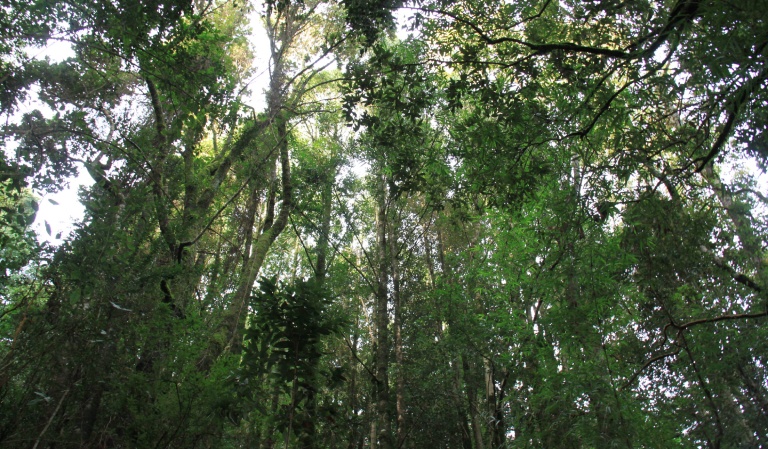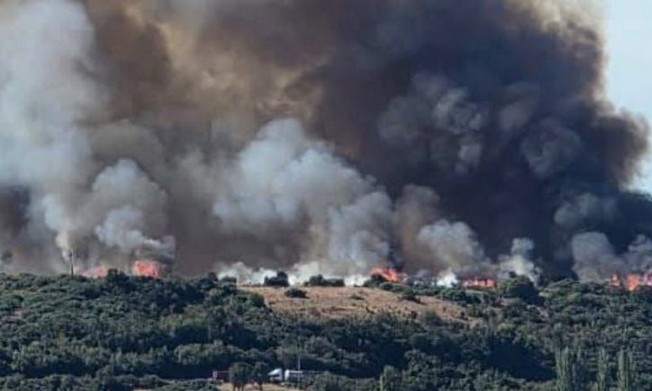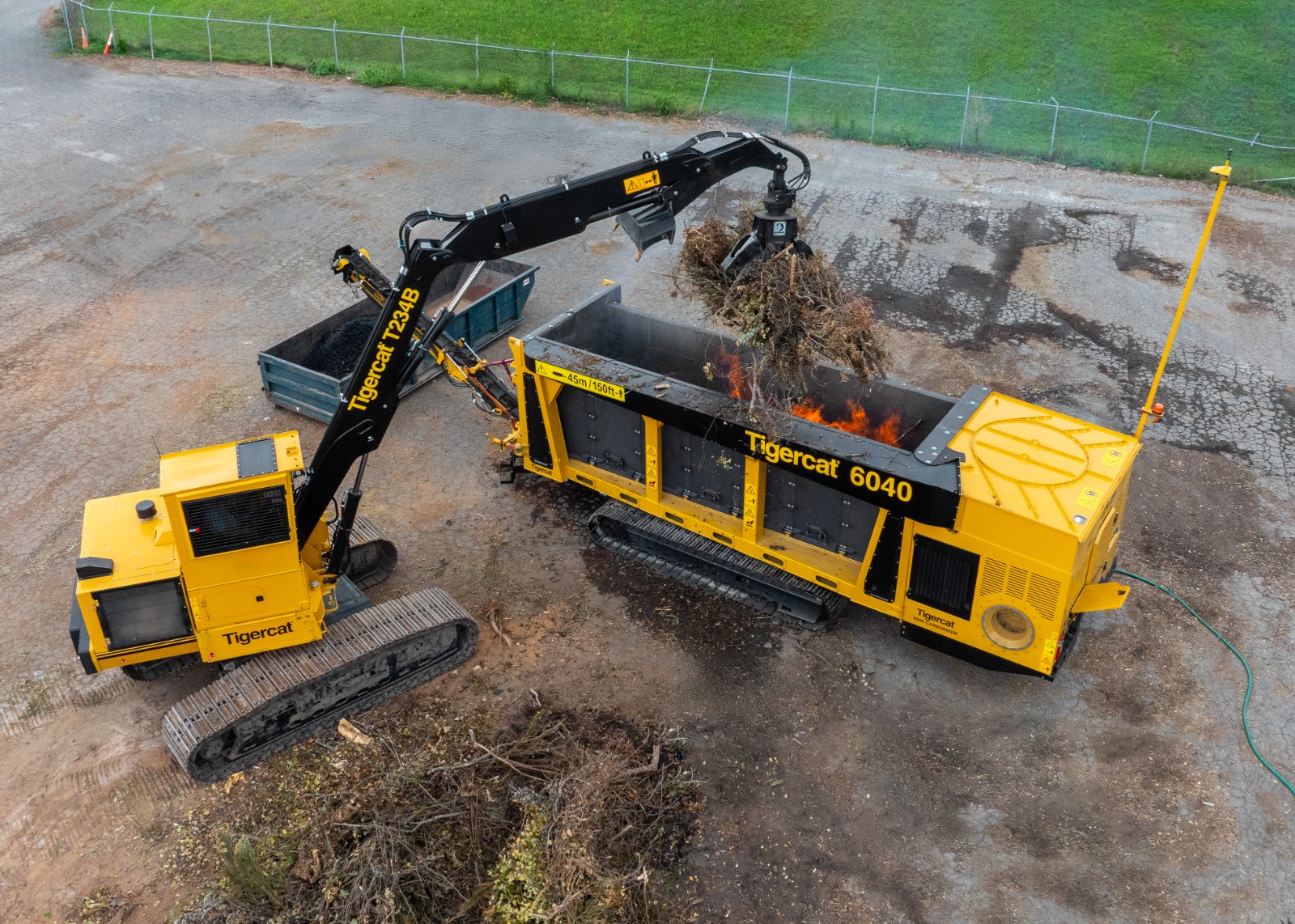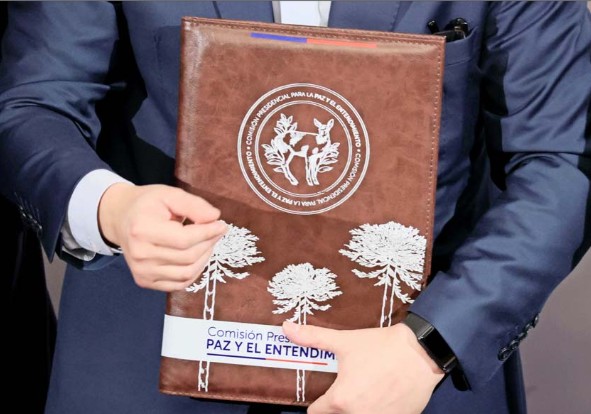Under the mandate of the Native Forest Law and under the direction of the National Forestry Corporation (CONAF), an update of Chile's forest types is being carried out. This ambitious project, which could redefine the classification of native forests in the country, involves prominent academics and experts in forest management.
Participants in the project include Dr. Álvaro Promis from the Faculty of Forest Sciences and Nature Conservation at the University of Chile; Dr. Pablo Donoso, an academic at the Institute of Forests and Society at the Austral University of Chile; and Dr. Celso Navarro from the Catholic University of Temuco. Together, they have worked for years on systematizing and reviewing the forest typology, which since 1981 has been based on 12 categories defined by species dominance and ecological characteristics.
Current forest types are grouped based on dominant species: four groups dominated by conifers, five by species of the genus Nothofagus, two by broadleaf evergreen species (sclerophyllous and evergreen), and one by the Chilean palm (Jubaea chilensis). Among these categories are emblematic forests such as Araucaria (Araucaria araucana), Lenga (Nothofagus pumilio), and Roble-Hualo (Nothofagus obliqua and Nothofagus glauca).
This update aims not only to reflect changes in geographic distribution and ecosystem dynamics but also to establish more precise parameters for silvicultural management. The new forest types will enable the National Forestry Corporation (CONAF) and other agencies to implement more appropriate regeneration and conservation practices, tailored to the ecological reality of each region.
The update process is based on rigorous fieldwork and the analysis of satellite imagery data, complemented by the compilation of scientific literature. Additionally, participatory workshops have been held to gather input from experts and forest management stakeholders, ensuring the final proposal has a high degree of validation and practical relevance.
The current proposal is in its final stage, and the new forest types are expected to be submitted for approval by expert stakeholders and sector authorities. This review process is essential for promoting the sustainable management of native forests, facilitating decision-making in conservation policies and ecological restoration strategies.
The update of the forest typology represents a milestone in the management of the country's ecosystems. With this new framework, the goal is to improve the planning of forest resource use and develop tools to strengthen forest resilience against environmental threats and climate change.
Finally, the coordinated work between the Austral University, the University of Chile, and the Catholic University of Temuco highlights the importance of inter-institutional collaboration in addressing complex challenges in biodiversity management and conservation. This initiative will not only benefit forest management but also serve as a model for other countries with similar ecosystems.
Below is the list of forest types expected to be updated in 2025:
- Alerce (Fitzroya cupressoides)
- Araucaria (Araucaria araucana)
- Cordilleran Cypress (Austrocedrus chilensis)
- Guaitecas Cypress (Pilgerodendron uvifera)
- Magellan's Coigüe (Nothofagus betuloides)
- Coigüe-Raulí-Tepa (Nothofagus dombeyi, Nothofagus alpina, Laurelia philippiana)
- Lenga (Nothofagus pumilio)
- Roble-Raulí-Coigüe (Nothofagus obliqua, Nothofagus alpina, Nothofagus dombeyi)
- Roble-Hualo (Nothofagus obliqua, Nothofagus glauca)
- Evergreen
- Sclerophyllous
- Chilean Palm (Jubaea chilensis)







Comments (0)
No hay comentarios aún. ¡Sé el primero en comentar!
Deja un comentario